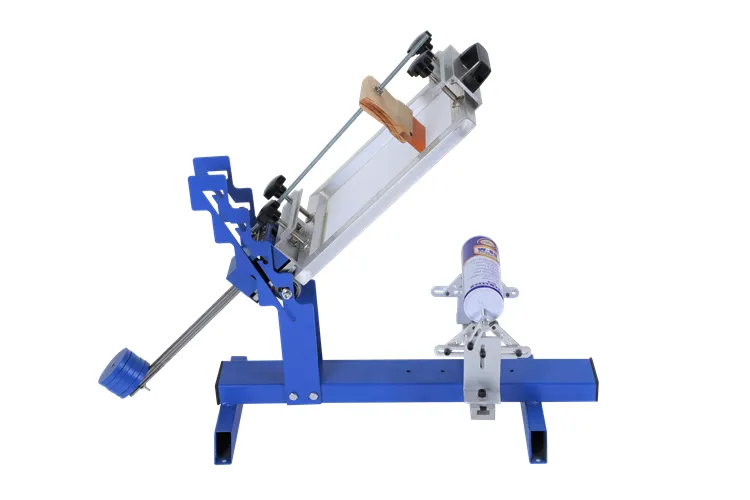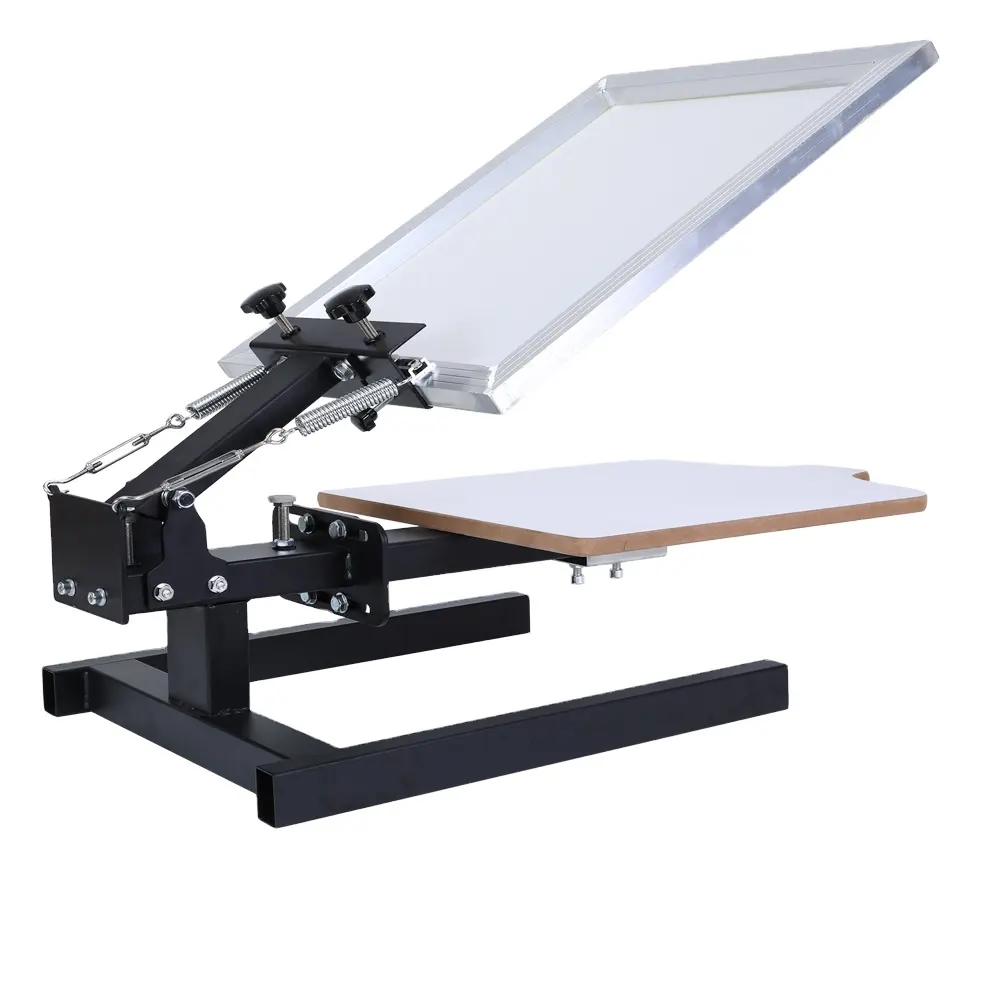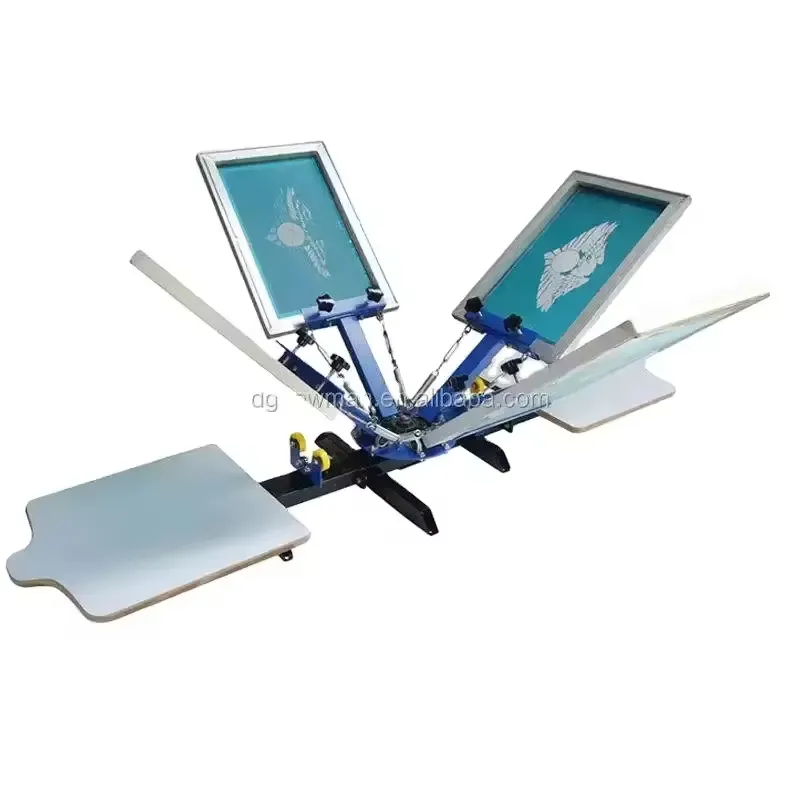flatbed screen printing
Flatbed screen printing represents a revolutionary printing technology that combines precision, versatility, and efficiency in one comprehensive system. This printing method utilizes a flat screen mesh stretched tightly over a rigid frame, through which ink is pushed onto the substrate below using a squeegee. The process begins with the preparation of the screen, where a photosensitive emulsion is applied and exposed to create the desired pattern. The flatbed mechanism ensures consistent pressure and accurate registration across the entire printing surface, making it ideal for both small and large format applications. The system can handle a wide range of materials, from paper and textiles to plastics and metals, with exceptional print quality. Modern flatbed screen printing machines are equipped with advanced features such as automatic registration systems, adjustable print pressure controls, and precise ink deposit management. The technology excels in producing vibrant colors, dense opacity, and special effects that are difficult to achieve with other printing methods. Additionally, the process allows for the application of specialty inks, including metallic, fluorescent, and UV-reactive formulations. This versatility, combined with its ability to print on various substrates of different thicknesses, makes flatbed screen printing an essential tool in industries ranging from textile manufacturing to electronics production.


